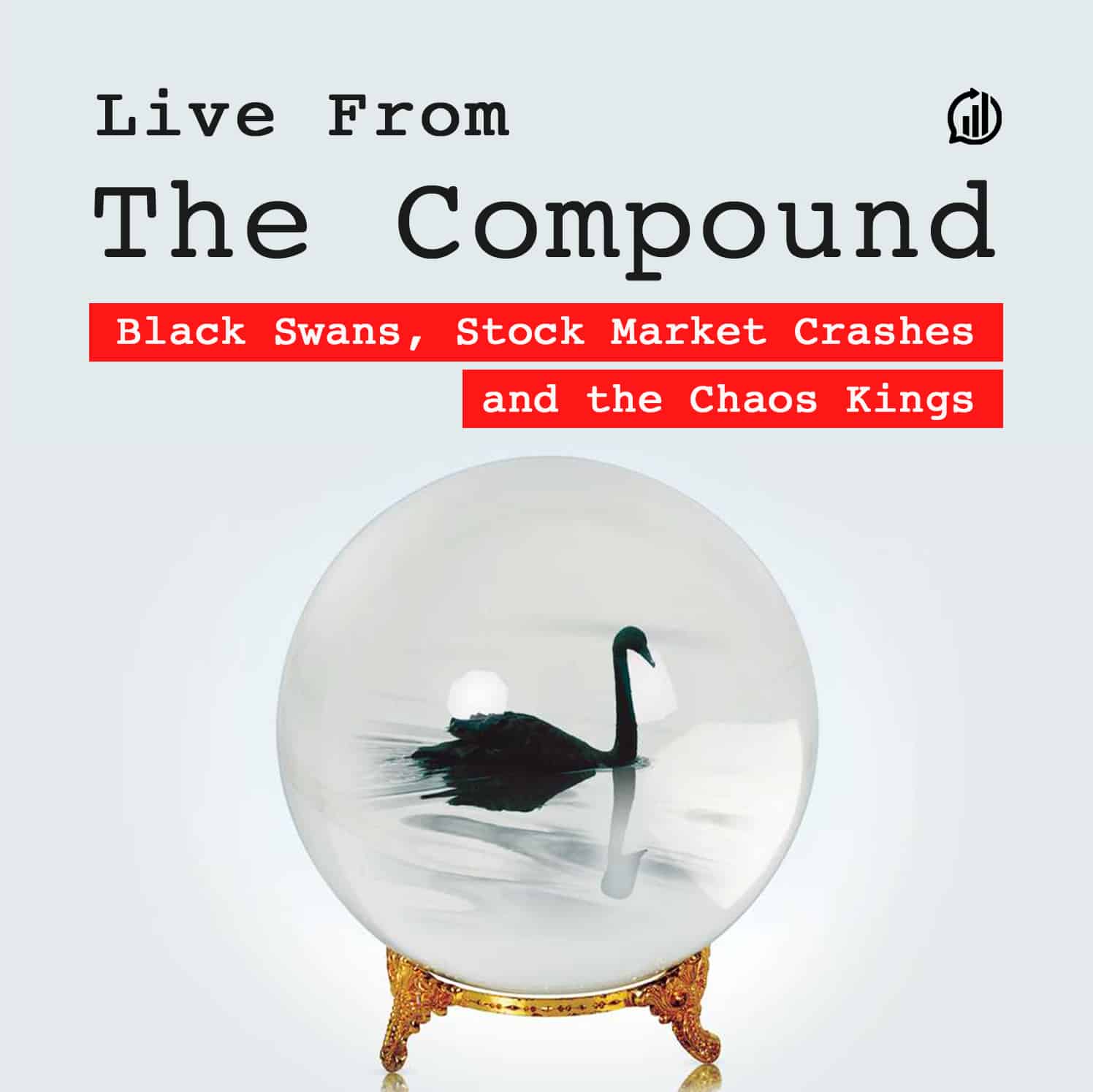Tyler Cowen has a good post on the debate over China’s economic policy, which links to a recent WSJ article on the topic. I’ve noticed that when people debate this issue, they tend to talk past each other. This is because people throw around phrases like “more consumption”, without clearly indicating what they are talking about. Regarding China’s economy, here are some issues to consider:
1. Nominal demand vs. real demand.
2. Fiscal policy vs. monetary policy.
3. Consumption vs. investment.
4. Private investment vs. public investment.
I cannot emphasize enough that each of these four issues is radically different from the other three. Let me first describe what I think China needs, and then discuss the WSJ article:
1. China needs steady growth in nominal demand (NGDP.)
2. China needs to rely on monetary policy, and should not use fiscal policy for stabilization purposes.
3. China should let the market determine the relative size of consumption and investment.
4. China should reduce the role of the government in investment.
With this framework in mind, lots of confusing issues raised in the WSJ article begin to make more sense:
Economists and investors have been calling on Beijing to make bolder efforts to boost output—especially by promoting consumer spending, if necessary, by offering cash handouts, as the U.S. did during the pandemic.
Accelerating China’s transition to a more consumer-led economy—such as that of the U.S.—would make growth more sustainable in the long term, economists say.
But top leader Xi Jinping has deep-rooted philosophical objections to Western-style consumption-driven growth, people familiar with decision-making in Beijing say. Xi sees such growth as wasteful and at odds with his goal of making China a world-leading industrial and technological powerhouse, they say.
Xi believes Beijing should stick to fiscal discipline, especially given China’s deep debt. That makes stimulus or welfare policies akin to those in the U.S. and Europe less likely, the people said.
Notice that the WSJ frames this as welfarism vs. austerity. So which view is right? I’d say neither. Xi’s right that welfarism is not right for China, and the economists are right that China needs stimulus.
So if there is to be no fiscal boost to consumption, and yet demand must increase, does that mean I favor more government investment? No. I favor monetary stimulus to boost NGDP.
This is where the Keynesian framing is so counterproductive:
GDP = C + I + G + NX.
This framing tempts economists to want to play God, to wave a magic wand and determine how much of GDP will be C, how much will be I and how much will be G. The government clearly determines G. But the government should not be determining the mix of consumption and investment. No policymaker could realistically have the information required to make that judgment.
Take a second look at this:
Accelerating China’s transition to a more consumer-led economy—such as that of the U.S.—would make growth more sustainable in the long term, economists say.
How can we make sense of this claim, which on the surface seems bizarre? For growth to be sustainable, you need investment. And yet these western experts are not fools; they must have some sort of valid argument for this claim.
I suspect the actual claim here is that China needs to stop its extremely wasteful investment in certain areas, in order to avoid ending up with lots of “white elephants” and a mountain of unsustainable debts. In a healthy economy, only productive investments are undertaken. The current level of China’s investment as a share of GDP seems higher than can be justified by the low rates of return experienced in recent years:
Investment in roads, factories and other hard assets to drive growth has been yielding diminishing returns as the government runs out of useful projects to build.
Rather that say,”China needs more consumption”, I’d argue that China needs less wasteful investment. Aren’t those the same thing? Not really:
Also unlikely are major market-oriented changes, or a dramatic reversal in the multiyear shift toward more centralized control of the economy. Although Beijing has eased off efforts to clamp down on consumer internet firms and other private companies—a campaign that led to weaker private investment—it remains skeptical of their unregulated expansion. . . .
More likely options now include greater spending on infrastructure and other government-favored projects, as well as further credit loosening—following several recent interest-rate cuts—economists and people familiar with Beijing’s thinking say.
Such moves reflect Beijing’s preference for having the government play the central role in goosing growth, either by investing in infrastructure or by channeling funds to selected sectors such as semiconductors and artificial intelligence that can advance Communist Party aims.
The Chinese government has been discouraging private investment and encouraging public investment (as well as quasi-public investment, as in real estate and favored tech sectors.) That’s a mistake.
For many western economists, “stimulus” is synonymous with fiscal stimulus, whereas stimulus should be done by the central bank. And monetary stimulus is viewed as being synonymous with low interest rates and more investment, whereas the term ‘monetary stimulus’ should mean more nominal GDP—which might be either consumption or investment.
Some might argue that my analysis is naive because China is far from being a laissez-faire economy. Monetary stimulus won’t necessarily go into the most efficient sectors. I agree. I am describing the sort of outcome that China should be aiming for. Determining which policy levers to push requires an in depth knowledge of the current policy distortions that lead to a misallocation of resources. Thus monetary stimulus might be combined with banking reform to reduce moral hazard. The goal would be to reduce lending for nonproductive investments, such as dubious real estate projects. But again, that’s not aiming for “less investment”, that’s aiming for less wasteful investment.
I am not suggesting that public investment should be zero. By all means continue doing public investments that pass cost/benefit tests. But that will not include more bridges in Guizhou province, an area that is already absurdly overbuilt. (And many “public investments” could be done by the private sector—look at Hong Kong’s excellent subway system.)
To summarize, much of the debate conflates unrelated concepts. Pundits conflate nominal demand and real demand. They conflate monetary and fiscal stimulus. They conflate public and private investment. They conflate consumption with aggregate demand.
Sorry, but “More consumption!” and “More investment!” are meaningless slogans. The real issues are using monetary policy to assure nominal stability, and moving to a more market oriented economy to insure economic growth and higher living standards for the future.
If you want a simple slogan, here’s something that all sides should be able to agree upon:
More Chinese consumption in the year 2040!!
PS. Here’s China Daily:
Guizhou is home to 49 of the 100 tallest bridges in the world, including four of the 10 tallest, the commission said. Four bridges in the province have won the Gustav Lindenthal Medal, one of the most prestigious bridge construction awards in the world.
Check out the link. They sure built some beautiful white elephants in Guizhou province, a poor mountainous backwater in China’s interior. Imagine being told that West Virginia had 49 of the world’s 100 highest bridges. Might you suspect a bit of pork barrel politics?
















